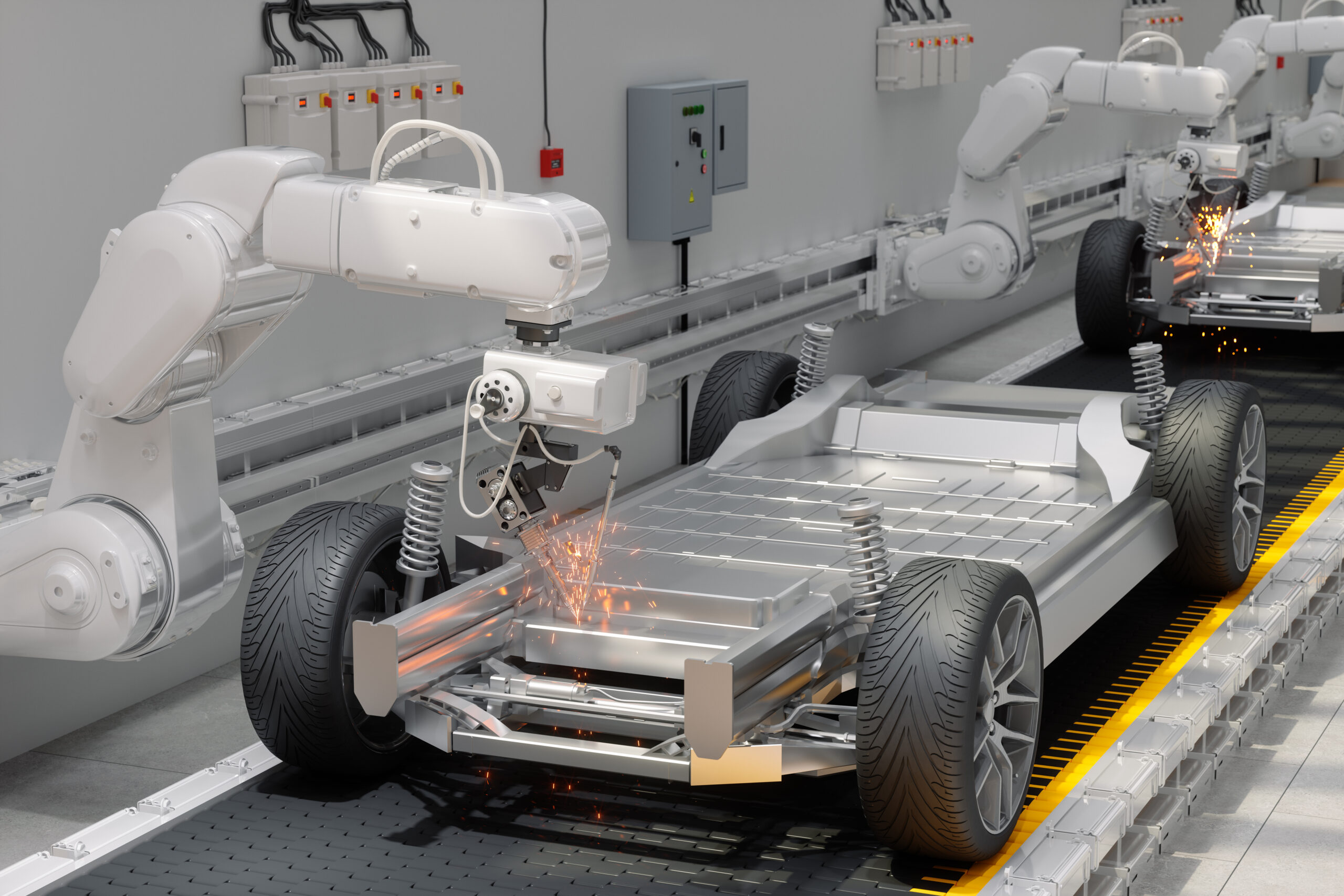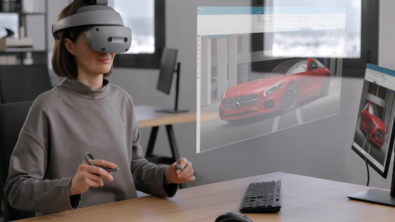Transforming SMEs Worldwide: The Collaborative Power of Catena X with Siemens and Audi

As batteries become more common in the transportation sector and regulations mature to fit the new status quo, having a confident grasp of the battery ecosystem is an extremely valuable proposition. As an answer to that need, many businesses are joining Catena-X to provide the transparency the industry is moving towards. To talk about the benefits of industry partnerships and Catena-X, we had members of the industry group on Episode 13 of The Battery Podcast – Frank Göller, Head of Strategy and Portfolio in Production at Audi AG and Claus Cremers, Director of Automotive Ecosystems at Siemens AG.
You can listen to the full conversation below, but for some of the highlights of their discussion keep on scrolling and read on below.
Global supply chains provide many benefits to our modern economies, but they are not without challenges. The system was developed around price efficiency, and while that is a valuable benefit it often overrides flexibility in the supply chain. In the past few years we have seen large disruptions due to public health crises and shipping accidents upend the consistent delivery of material around the world. This is a big challenge for the battery industry as so many of the materials that go into cells and packs move through a restricted network of suppliers, creating risk.
The value of industry ecosystems such as Catena-X is to create more transparency in the system. With knowledge of what is happening and where material is moving, we can start thinking about how to optimize supply chains. Instead of pulling raw material from the earth every time supply is required, a business can look at building supply chains around recycled material. Is there a business play to co-locate a recycler at a cell manufacturing plant to capture any wasted material? What is the cost difference of using recycled material vs. raw material? Is there an emissions benefit of using local mined material vs recycled material shipped in from abroad? These are the kinds of questions business can start to understand and solve by having transparency into the market.
There are also transparency benefits when looking at regulatory environments. An ecosystem partner can help small and medium sized businesses share the burden of some regulatory requirements. Meanwhile, the larger business gain access to a wider view of market shifts and patterns in how products are used and disposed. Standardization is another important facet to Catena-X and other such industry ecosystems. By having a single body that everyone works with, businesses can prevent increased burden from having to adhere to different standards across regions and even multiple standards in a single region. While there is a shared burden, there is also a shared benefit to all participants.
None of this would be possible, however, with shifting to a digital workflow. Not only is data more readily collected, analyzed, and acted upon by a business internally, it can be cleaned of proprietary information easily before sharing with the wider ecosystem. Data can be assigned to specific processes and automated within a Digital Enterprise to be shared for regulatory systems such as Battery Passports or to aid the wider industry ecosystem.
For more information on how Siemens and Audi are helping build out the Catena-X ecosystem, you will want to listen to the full episode. And if you found this helpful, make sure to subscribe so you don’t miss the next episode of The Battery Podcast.
Siemens Digital Industries (DI) is a leading innovator in automation and digitalization. In close cooperation with its partners and customers, DI is the driving force for the digital transformation in the process and manufacturing industries. With its Digital Enterprise portfolio, Siemens provides companies of all sizes with all the necessary products, along with consistent solutions and services for the integration and digitalization of the entire value chain. Optimized for the specific requirements of individual industries, this unique portfolio enables customers to enhance their productivity and flexibility. DI continuously extends its portfolio to include innovations and the integration of future-oriented technologies. Siemens Digital Industries, with its headquarters in Nuremberg, has a workforce of around 72,000 people worldwide.
For more information on Siemens Digital Industries products and services, follow us on LinkedIn, Facebook, Twitter, and YouTube.


